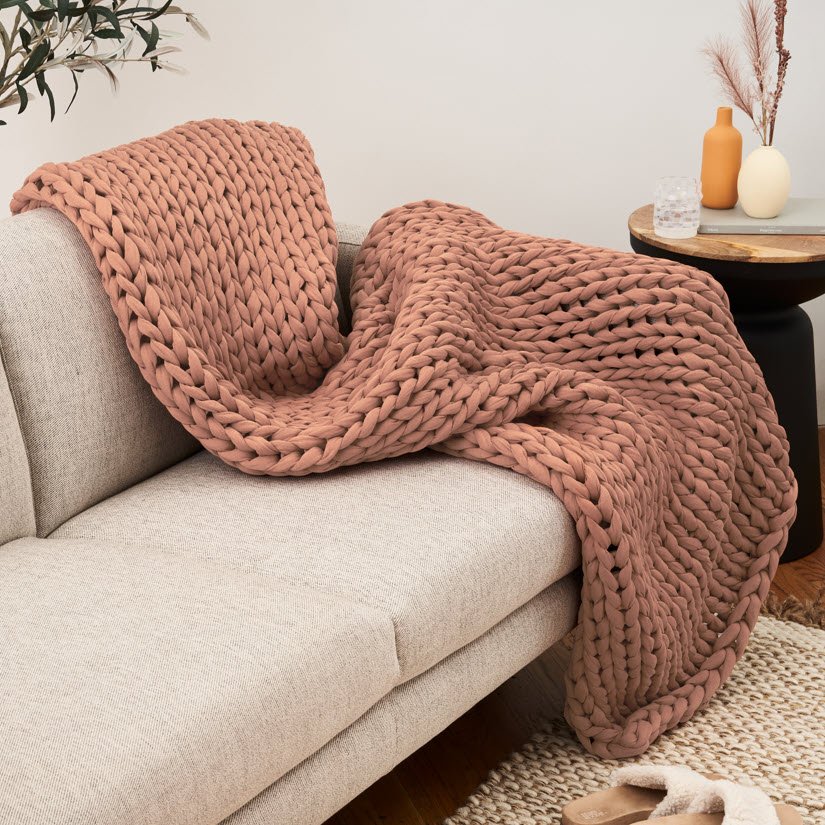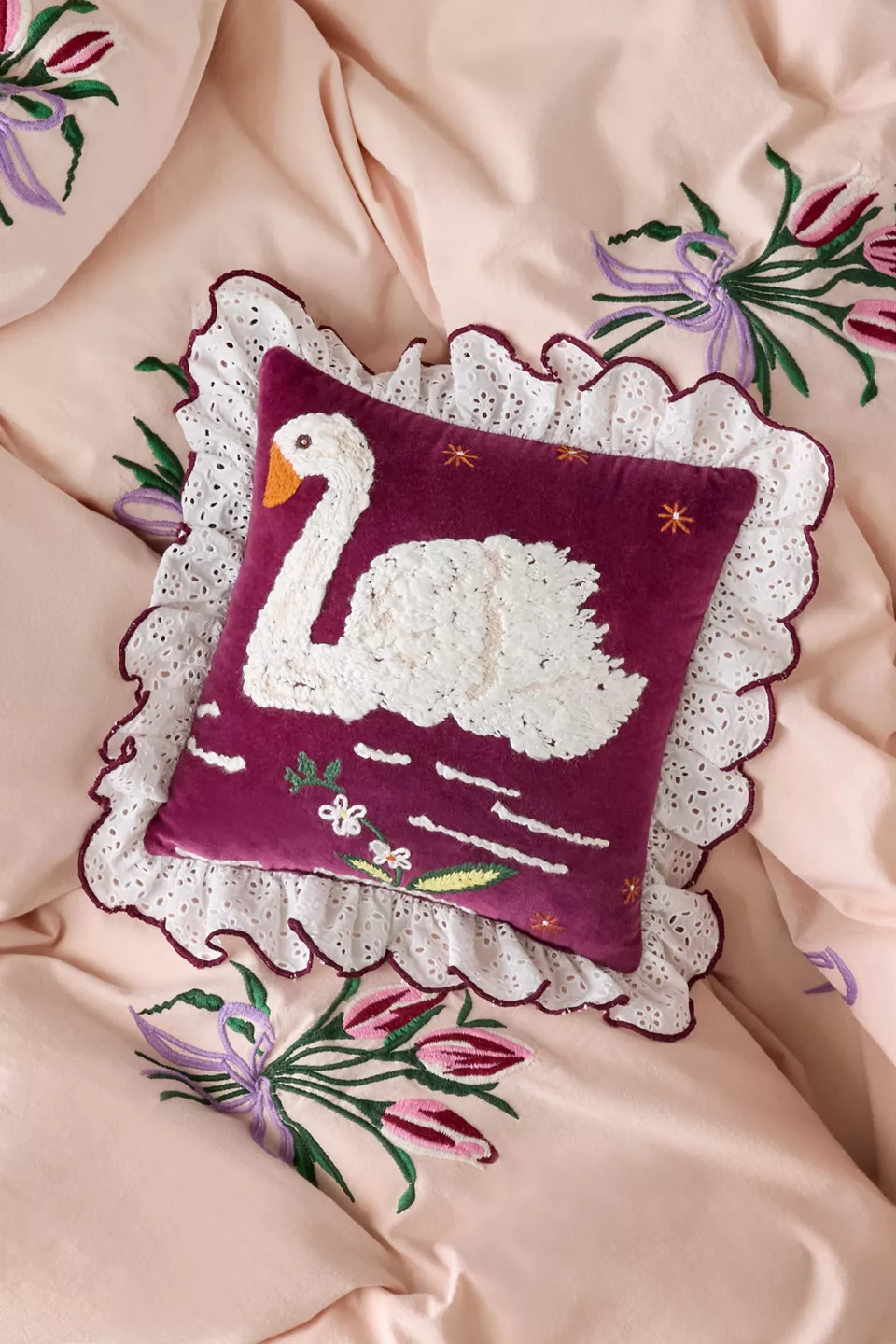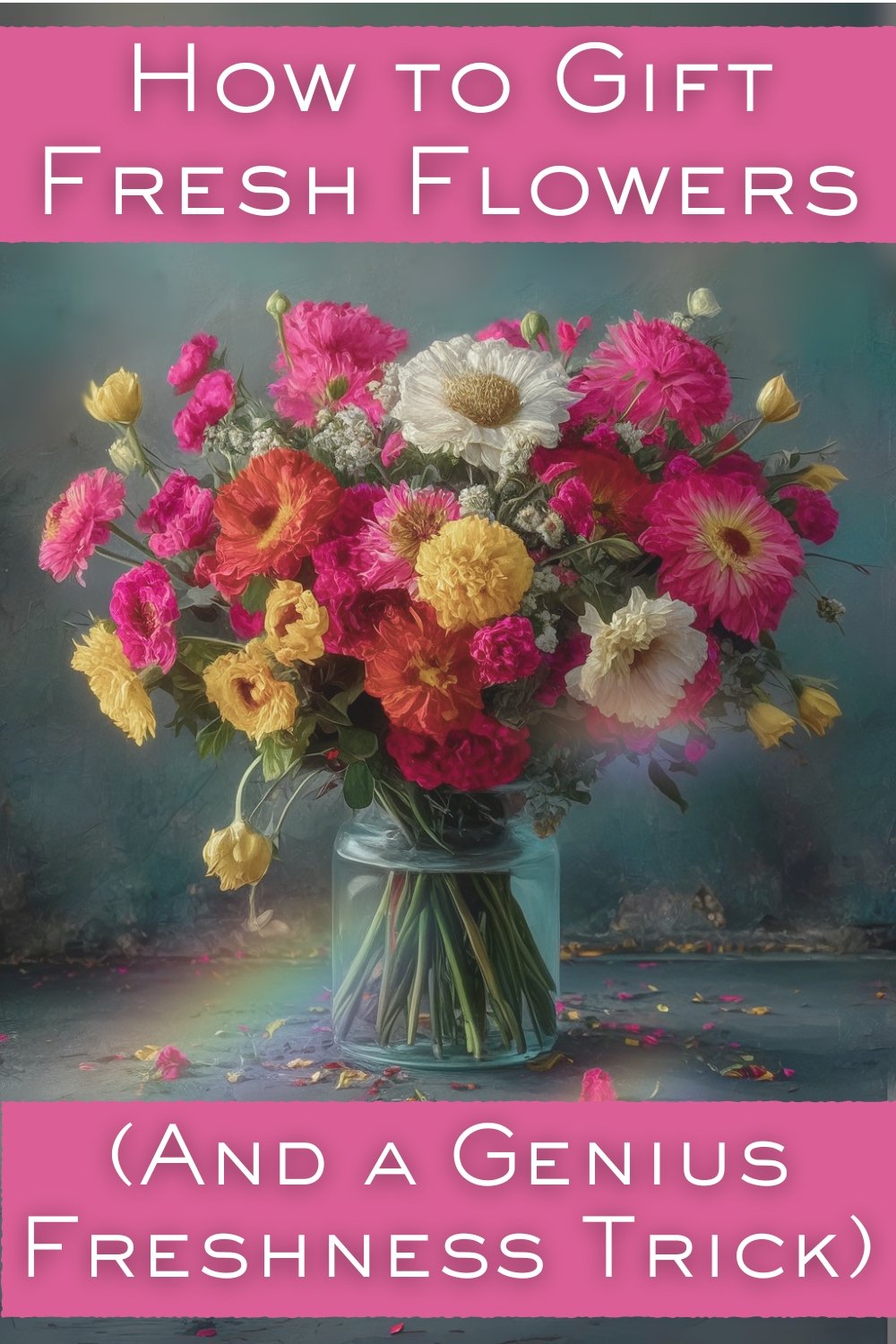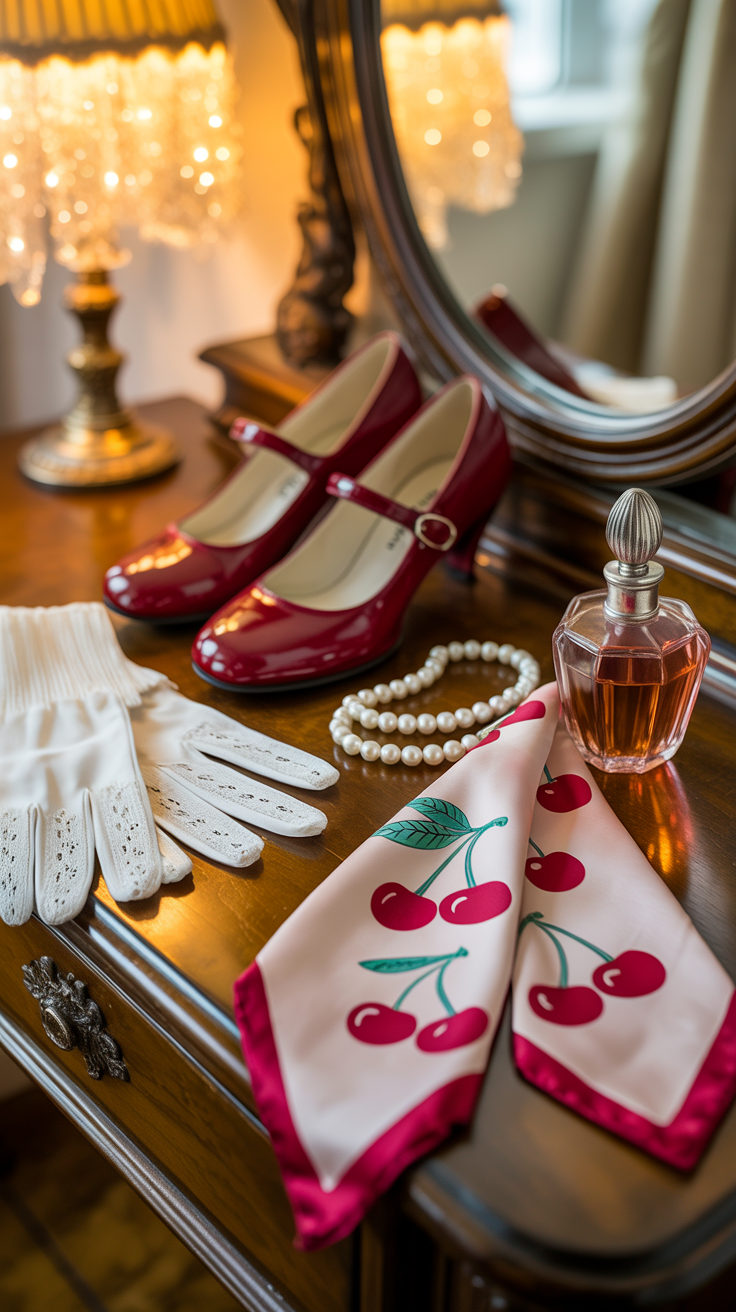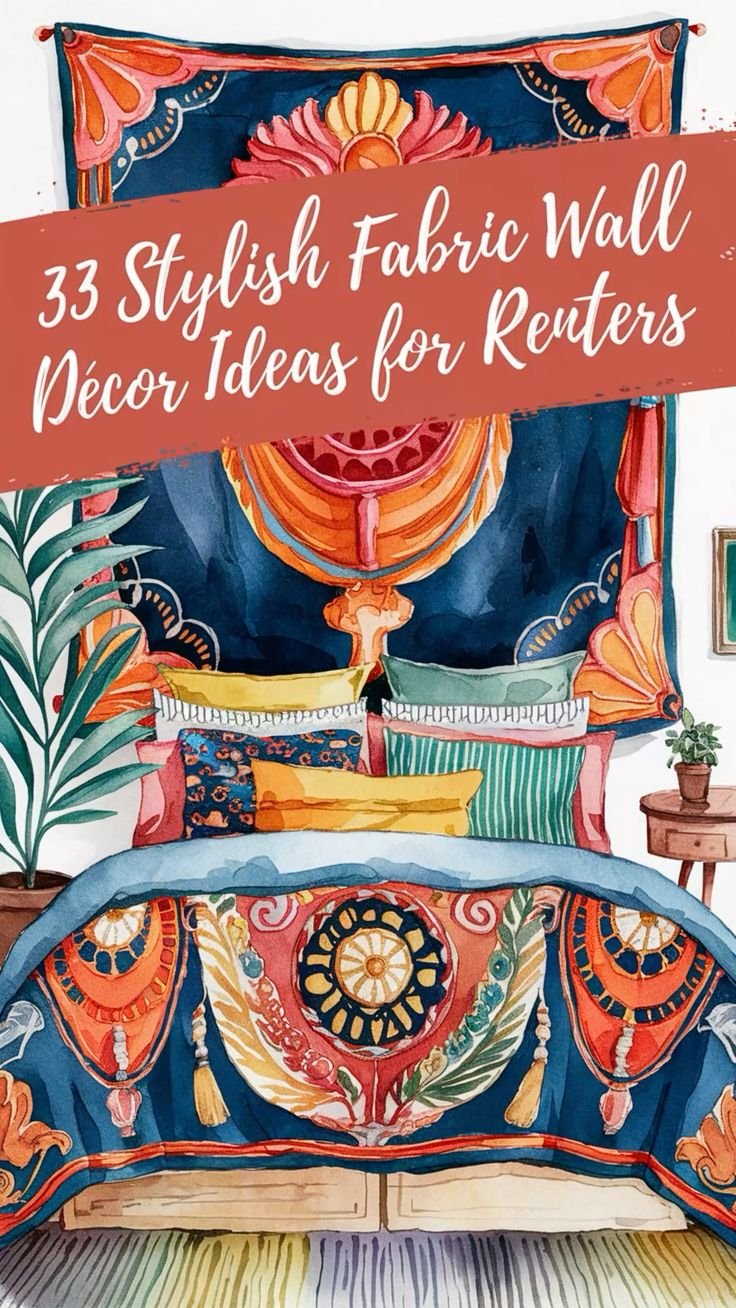How to Make a Cozy Home for The Best Sleep Ever
Do you ever notice how stepping into a cozy room instantly makes you feel calmer or happier? That’s no coincidence. The environment we live in has a profound impact on our mood and mental health. In fact, psychologists and designers alike recognize that a comfortable, inviting home space can soothe anxiety and lift your spirits. The Danish even have a word for this art of coziness: hygge, which is all about creating a warm atmosphere and enjoying the good things in life with good people. In this post, we’ll explore the psychology behind coziness and why your home environment plays a key role in your mental well-being. We’ll also share a few gentle
Some of the links in this post are affiliate links, which means I may earn a small commission (at no extra cost to you) if you choose to make a purchase. I only share things I genuinely love or would use in my own cozy home. Thank you for your support and helping me keep the ideas coming! 💛 Affiliate Disclosure
How Your Home Environment Impacts Your Mood
Your home is more than just a roof over your head – it’s the backdrop of your daily life, and it can either stress you out or help you thrive. Research shows that a cluttered, dark, or noisy space tends to crank up stress and irritability, whereas an organized, well-lit, pleasant space can significantly boost your happiness and mental clarity. In other words, walking into a dimly lit, messy room might make you feel anxious or on edge, while a bright and tidy room is likely to put you at ease. Our brains are constantly responding to our surroundings even if we don’t realize it.
One major factor is the sense of safety and comfort. If your home feels secure and inviting, it gives you an immediate feeling of relief as soon as you walk in the door. A sense of safety is fundamental to emotional stability – when you feel safely “at home,” your anxiety levels drop and you can truly relax. That relaxed state is the foundation of good mental health. It turns off the brain’s built-in “fight or flight” alarm and lets your nervous system know it can unwind. No wonder a cozy, safe-feeling space is associated with lower stress hormones and even better sleep quality. Essentially, coziness signals to your brain: you can rest now.
It’s fascinating that even small improvements to your environment can yield measurable benefits. One recent study in the Journal of Environmental Psychology found that people who made minor intentional changes at home – like adding a few plants, improving lighting, or reducing noise – saw a 21% reduction in stress levels over six months. That’s a big impact from little tweaks! It shows that we don’t necessarily need a full home makeover; just a few cozy touches here and there can meaningfully improve our well-being.

Before we dive into ways to make your home cozier, let’s summarize why it matters. Living in a comfy, personalized space has been linked to less anxiety and depression, more optimism, and greater overall emotional balance. When you feel at ease in your home, you’re also more likely to be open and present with friends or family, strengthening those connections. In short, a cozy home isn’t a luxury – it’s a form of self-care and a foundation for a healthier mind.
Key Elements of a Cozy, Mood-Boosting Home
So what exactly makes a home cozy and mentally uplifting? Here are some core elements backed by psychology and design experts that can turn any space into a calming retreat:
Warm, Gentle Lighting
Lighting has a huge influence on mood. Exposure to plenty of natural light in the day boosts your mental health and even helps you sleep better at night. In the evenings, swapping harsh overhead bulbs for warm, soft lighting creates an inviting atmosphere that helps you unwind. Think about the soft glow of a lamp or candles versus the glare of fluorescent lights. It’s no contest – warm light is soothing, almost like a signal to your brain that it’s time to relax. In fact, the cozy hygge lifestyle emphasizes warm, soft-white lighting to foster comfort (as opposed to bright white or bluish lights that feel sterile). Simply opening your curtains in daytime and using dimmable warm-toned lamps at night can dramatically change the vibe of a room and your corresponding emotional state.
Calming Colors
The colors surrounding you can subtly influence how you feel. Ever notice how a soft blue room makes you feel tranquil, while a bright red room might feel energetic or even tense? There’s a whole science of color psychology. Cool tones like blues and greens are associated with relaxation and calm, while warm earthy tones like beige or soft yellow can feel comforting. Studies show that blue hues in particular can activate the calming parasympathetic nervous system, literally causing your heart rate to drop and stress to melt away. That doesn’t mean your whole house needs to be blue – but adding a few accents or paint colors known for their serene effect (like sage green, dusty blue, or gentle lilac) can create a more peaceful ambiance. On the flip side, pops of cheerful colors (a burst of orange or a playful pink pillow) can give a room a little mood-boosting energy if you find that uplifting. The key is to choose colors intentionally based on how they make you feel. If a pale green wall in your bedroom makes you breathe easier at night, go for it! And if you love bold bright colors, don’t feel forced into a neutral minimalist palette – decorate in a way that makes you happy and comfortable in your space.
Natural Touches & Greenery
Bringing a bit of the outdoors inside is one of the most powerful ways to cultivate calm. There’s a reason a vase of fresh flowers or a beloved potted plant can instantly cheer you up. A vast body of research shows that exposure to natural elements – whether it’s houseplants, wooden decor, or even images of nature – induces a more positive, relaxed emotional state. Indoor plants in particular have been shown to lower cortisol (the stress hormone) and increase feelings of relaxation. They literally help purify the air and purify your mood at the same time. Consider adding easy-care green friends like a snake plant or pothos to your living area or office. Even natural materials like a jute rug, a wood coffee table, or stone coasters can subtly connect you to nature and promote tranquility. It’s all about biophilic design – a fancy term for incorporating nature to improve well-being. And don’t forget views of nature if you have them; keeping a window unobstructed to let in sunlight and scenery can do wonders. The popularity of cottagecore home decor
Soft Textures & Comforting Fabrics
Coziness is a tactile experience as much as a visual one. Surround yourself with touchable, soft materials that invite you to snuggle up. Imagine a plush throw
Aroma and Scent
Our sense of smell has a direct line to the emotion centers of our brain, so the scents in your home can quickly affect your mood. Think about how you feel when you smell freshly baked cookies or a soothing lavender candle. Pleasant scents can trigger comfort and happiness almost instantly. In fact, research confirms that smell has a “profound” impact on our emotional state. Some hospitals have even started using calming fragrances in waiting areas to reduce patient stress, which shows how powerful scent can be. You can create your own calming scentscape at home: for example, studies find that natural “green” scents (think pine, herbs, or cut grass) have a calming effect similar to actually being in nature. And the scent of lavender is famously helpful for sleep and relaxation – it’s been shown to improve sleep quality and reduce anxiety, which is why it’s popular in candles, essential oils, and even pillow sprays. So, consider lighting an aromatherapy candle in the evening or using an essential oil diffuser with chamomile or lavender oil as part of your wind-down routine. Even simmering a pot of water with cinnamon sticks and orange peel on the stove can fill your home with cozy vibes. Just remember to choose scents that you personally love and find relaxing. Everyone’s nose (and brain) is a bit different, so what matters most is that your home’s fragrance makes you go “ahhhh” when you breathe it in.

Clutter-Free Organization
It’s tough to feel calm when you’re staring at piles of laundry or a jumble of random stuff on every surface. Clutter bombards the brain with excessive stimuli, making it hard to focus and triggering stress for many people. On the flip side, an organized space where everything has its place can literally help you breathe easier. Studies have shown that tidying up and maintaining a clean environment can promote calmness and a sense of control. Now, this doesn’t mean your home must be impeccably neat 24/7 (that’s not realistic!). But taking small steps to reduce clutter – like clearing off that one messy table, organizing your bookshelf, or donating things you no longer need – can reduce mental overload. You’ll find you can concentrate better and feel less anxious in a space that isn’t full of unfinished tasks screaming at you. One strategy is to create cozy storage: attractive baskets or boxes to tuck away odds and ends, so your necessary stuff is nearby but not visually chaotic. And be gentle with yourself in the process; organization is meant to serve your peace of mind, not be another chore to stress over. Little by little, as your space opens up, you might notice your mind feels more open and clear too.
Personal Touches & Meaningful Decor
Finally, remember that your home should reflect you. A space truly becomes cozy when it’s filled with things that make you happy and comfortable. Personal mementos, photos of loved ones, artwork or crafts that you adore – these aren’t just decorations, they’re sources of emotional support. Our surroundings influence how we feel about ourselves; when you decorate with items that represent positive memories or your personal style, you create an environment of familiarity and joy. Experts advise designing your living space to align with your life and personality, rather than following some ideal Instagram image of a home. So if you’re a book lover, that means yes, display your books proudly and set up a reading nook. If you love bold patterns or eclectic art that makes you smile, incorporate them even if a magazine calls it “messy” – what matters is that you feel good in your home. There’s psychology at play here: a home full of personal touches fosters a sense of ownership, safety, and contentment. It reminds you that this is your safe space. Even elements of whimsy or humor in decor can uplift your mood on a tough day. Ultimately, a cozy home isn’t about mimicking a catalog; it’s about curating a space where you feel at ease, content, and truly yourself.
How a Cozy Home Supports Mental Well-Being

By now, you can see how each of these elements – lighting, color, nature, texture, scent, order, and personalization – contributes to a calming, supportive home. But what does that mean for your actual mental health day-to-day? Essentially, creating a cozy environment helps shift your body and mind into a healthier state. When your home feels safe, comfortable, and pleasing to your senses, your brain can downshift out of high-stress mode. You experience fewer spikes of cortisol (that pesky stress hormone) and more surges of “happy chemicals” like dopamine and serotonin that lift your mood. Over time, this can translate into tangible mental health benefits:
Reduced stress and anxiety
Coming home to a sanctuary-like space allows your nervous system to relax. People who embrace cozy, hygge-like living often report less anxiety and even lower levels of depression. It makes sense – if your home consistently gives you feelings of comfort and safety, your baseline stress level goes down. Instead of feeling on guard, you can truly unwind, which eases anxious feelings.
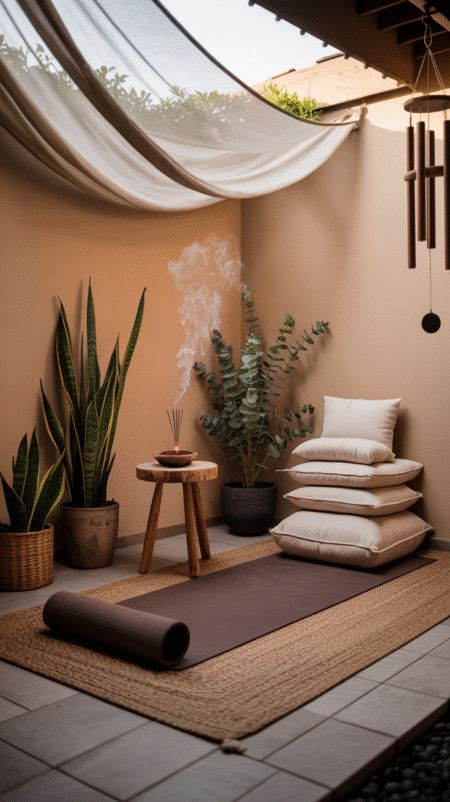
Better sleep and physical relaxation
When you feel calm and safe, your body can properly rest. Cozy touches like dim lighting in the evening, a comfortable bed with soft bedding, and soothing scents can all help signal your brain that it’s time to sleep. Many have found that improvements like these lead to deeper, more refreshing sleep. Even weighted blankets – a popular cozy sleep accessory – have been shown in small studies to help people sleep better and feel less anxious, almost as if the
Improved mood and happiness
A happier home equals a happier you. Surrounding yourself with positive sensory experiences (pleasant colors, lovely scents, cherished decor) naturally boosts your day-to-day mood. You’re more likely to experience moments of gratitude and joy in a space that continually offers small pleasures – like the morning sun on your breakfast table, or a cozy reading chair that invites you to relax with a book. In fact, countries known for long, dark winters (like Denmark) use the concept of coziness to stay positive; Denmark consistently ranks among the world’s happiest countries, and many Danes credit their focus on home hygge for that emotional resilience.

Enhanced social connection
When your home environment makes you feel open and at ease, it can positively impact your relationships. You might be more inclined to invite a friend over for a cup of tea in your cozy kitchen, or enjoy quality family time snuggled up for a movie night. A comfortable space encourages togetherness. Psychologists note that feeling emotionally safe in your environment can make it easier to connect with others and be present with them. By cultivating coziness, you’re not just taking care of yourself – you’re also creating a warm atmosphere for loved ones to enjoy, which can strengthen bonds and create happy memories (game night by the fireplace, anyone?).
In summary, the psychology of coziness comes down to this: when your surroundings nurture you, your mind and body respond in kind. You feel more balanced, more secure, and more capable of handling life’s challenges. Now, let’s look at a few thoughtful ways to spread that coziness, especially if you’re considering gifts that can help someone (or yourself!) craft a comforting space.
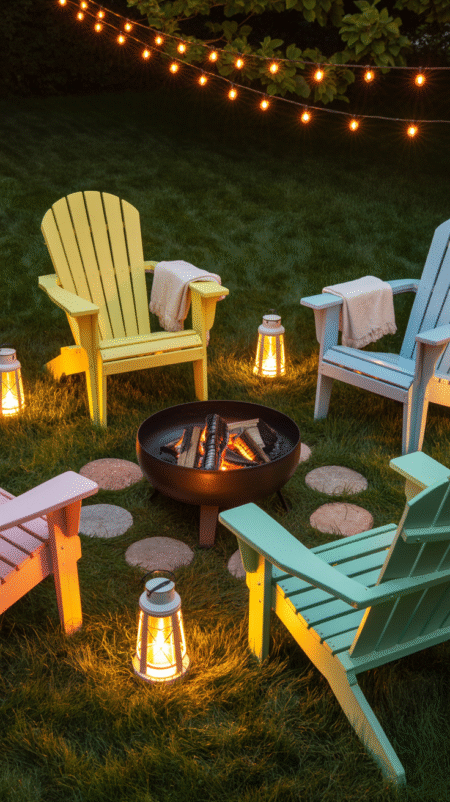
Thoughtful Gift Ideas to Help Create Coziness
If you’re inspired to make your home more comforting – or you want to help a friend find more hygge in their life – a well-chosen
Weighted Blanket or Plush Throw
Few things say “cozy” like the warm embrace of a soft
TheTree Napper is a standout cooling weighted blanket made with breathable TENCEL™ (eucalyptus fibers) that naturally wicks moisture and stays silky-soft—ideal for anyone who sleeps hot while craving the calming deep-pressure effect . Its chunky, filler-free knit delivers soothing weight without overheating, earning praise as the “best overall” cooling weighted blanket for enhancing sleep quality and reducing
Aromatherapy Candles or Diffuser
Help someone fill their home with soothing scents. A high-quality scented candle (think lavender, vanilla, sandalwood, or eucalyptus) can set a relaxing mood in any room. Lighting a candle in the evening creates a soft glow and a calming aroma – a double dose of cozy. If candles aren’t their thing, an essential oil diffuser with a few calming oils is a great alternative. You could even put together a little package with a ceramic diffuser and a couple of oils like lavender (for relaxation) and sweet orange (for a cheerful note). Scent-centric gifts are thoughtful because they encourage the recipient to slow down and enjoy a moment of peace. One creative idea is a themed candle set – for instance, a goddess energy candle
Self-Care Gift Basket
Sometimes the best way to cultivate coziness is through a little indulgent self-care. You can put together a custom basket of relaxation goodies, or find a pre-made one focused on stress relief. For example, a goddess energy self-care
Cozy Home Decor and Aesthetics
This grannycore, bird-loving, velvety-soft throw pillow that includes a textural swan in the center. There is also an eyelet-lace ruffled trim for a feminine cozy finish. This is a versatile pillow with a touch of luxury. Great for the bird lover!
If you know your friend’s decor style, you can find a small piece that adds coziness to their space. This could be a beautiful throw pillow, a set of twinkling fairy lights, or an artistic mug for their favorite warm drink. Think about items that engage the senses or add warmth. For a friend who loves a particular aesthetic, tie it into the
When choosing any of these gifts, the thoughtfulness matters more than the price tag. A well-chosen cozy
Cultivating Coziness
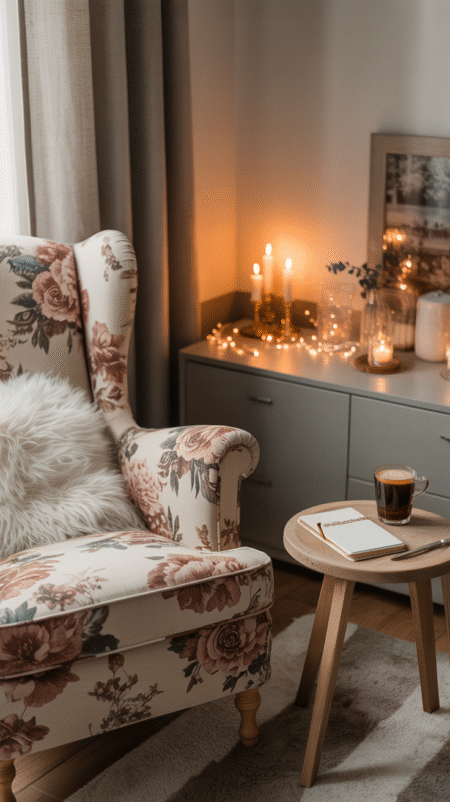
Cultivating coziness at home is a powerful way to support your mental health. The psychology is clear: when your surroundings are comfortable, safe, and aligned with your inner needs, it nurtures a healthier mind. You don’t need a luxury makeover or a huge budget to achieve this – as we’ve seen, even small changes like introducing a calming color, a houseplant, or a soft rug can reduce stress and boost your mood. Start with one or two ideas that resonate with you. Maybe tonight you’ll dim the lights and play some gentle music instead of scrolling on your phone, or this weekend you’ll declutter that one area that’s been bothering you. Over time, these little steps create a home that recharges you emotionally every day.
Lastly, remember that coziness is personal. It’s about what makes you feel good. So trust your instincts and fill your home with things that make you sigh with contentment when you walk in the door – whether that’s a stack of books, a cozy knitting corner, your favorite candle, or your pet’s bed by the fireplace. By mindfully crafting your environment, you’re really practicing self-care in one of the most sustainable ways possible. And if you ever want to share that
Here’s to a home that hugs you back and a life elevated by the simple joys of cozy living. Stay warm, stay well, and enjoy the peace that a cozy space can bring to your mind and soul.

